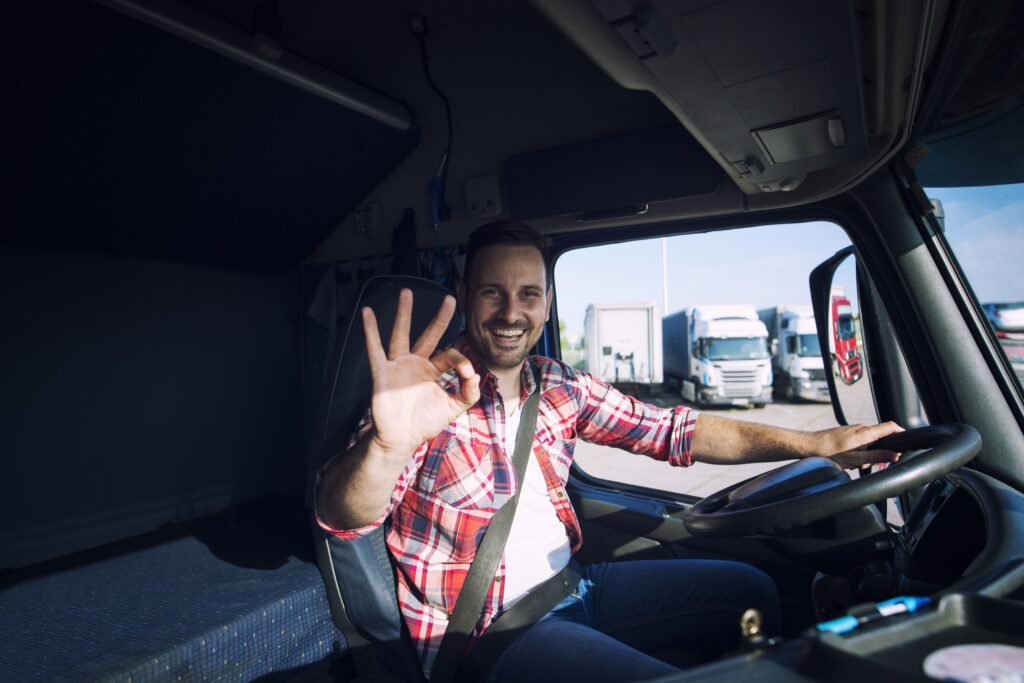Complete Trucking Liability Coverage Guide: Protecting Your Fleet and Business
In today’s fast-paced transportation industry, having comprehensive trucking liability insurance coverage isn’t just a legal requirement – it’s a crucial lifeline for your business. Whether you operate a single truck or manage a large fleet, understanding the intricacies of trucking liability insurance in America can mean the difference between sustainable success and devastating financial setbacks. Let’s dive into everything you need to know about protecting your trucking operation.
Understanding the Basics of Trucking Liability Coverage
Trucking liability insurance provides essential protection for commercial truck drivers and trucking companies against claims arising from accidents, injuries, or property damage. This coverage is mandated by federal law and must meet specific minimum requirements, though many operators choose higher coverage limits for better protection.
Key Components of Trucking Liability Insurance
• Primary liability coverage
• General liability protection
• Cargo liability insurance
• Physical damage coverage
• Non-trucking liability insurance
Each component plays a vital role in creating a comprehensive insurance shield for your operation. According to the Federal Motor Carrier Safety Administration (FMCSA), commercial trucks must carry minimum liability coverage ranging from $750,000 to $5 million, depending on the cargo type and operation scope.
Essential Coverage Types for Trucking Operations
Primary Liability Insurance
This fundamental coverage protects against bodily injury and property damage caused by your truck during operations. It’s the backbone of any trucking insurance policy and typically covers:
• Accidents involving other vehicles
• Damage to public or private property
• Medical expenses for injured parties
• Legal defense costs
General Liability Coverage
Beyond on-road incidents, general liability protects your business from:
• Slip-and-fall accidents on your property
• Loading and unloading accidents
• Personal injury claims
• Advertising injury claims
Cargo Liability Insurance
This essential coverage protects the goods you transport. It typically covers:
• Damage during transit
• Theft of cargo
• Loss due to accidents
• Environmental damage to cargo
Additional Coverage Options to Consider
While basic liability coverage meets legal requirements, successful trucking operations often need additional protection. Consider these supplementary coverage options:
Physical Damage Coverage
• Collision coverage for accident-related damage
• Comprehensive coverage for non-collision incidents
• Custom equipment coverage
• Downtime coverage
Non-Trucking Liability Insurance
• Coverage during personal use of commercial vehicles
• Protection during non-business activities
• Gap coverage between business and personal use
Factors Affecting Your Premium Rates
Understanding what influences your insurance costs can help you manage expenses effectively. Key factors include:
Driver-Related Factors
• Driving history and experience
• Age and licensing status
• Safety records and violations
• Training and certifications
Operation-Related Factors
• Type of cargo transported
• Operating radius
• Vehicle age and condition
• Claims history
• Safety protocols and technology implementation
According to the Insurance Institute for Highway Safety, implementing proper safety measures can significantly reduce accident risks and potentially lower premium costs.
Risk Management Strategies to Lower Insurance Costs
Implementing effective risk management strategies can help reduce your insurance premiums and protect your business:
Driver Safety Programs
1. Regular safety training sessions
2. Defensive driving courses
3. Substance abuse prevention programs
4. Regular health screenings
Vehicle Maintenance
1. Scheduled preventive maintenance
2. Regular safety inspections
3. Technology upgrades
4. Documentation of all maintenance activities
Administrative Controls
1. Route optimization
2. Hours of service compliance
3. Load securement procedures
4. Incident response planning
Claims Management and Response Procedures
Knowing how to handle claims effectively is crucial for maintaining favorable insurance rates and protecting your business:
Immediate Response Steps
1. Ensure safety at the accident scene
2. Document all relevant information
3. Contact your insurance provider
4. Preserve evidence and records
Long-term Management
• Maintain detailed accident records
• Track claims patterns
• Implement corrective actions
• Review and update safety procedures
Conclusion and Next Steps
Securing comprehensive trucking liability insurance is essential for protecting your business, assets, and future growth. By understanding your coverage needs, implementing risk management strategies, and working with experienced insurance professionals, you can build a robust protection plan that keeps your operation running smoothly.
Don’t leave your trucking operation’s future to chance. Contact our experienced insurance professionals today for a comprehensive evaluation of your coverage needs. We’ll help you design a customized insurance package that provides the right protection at competitive rates.
Call us at +1 513 7884050 or complete our online quote request form to get started. Protect your trucking business with the coverage it deserves, and drive with confidence knowing you’re properly insured.







